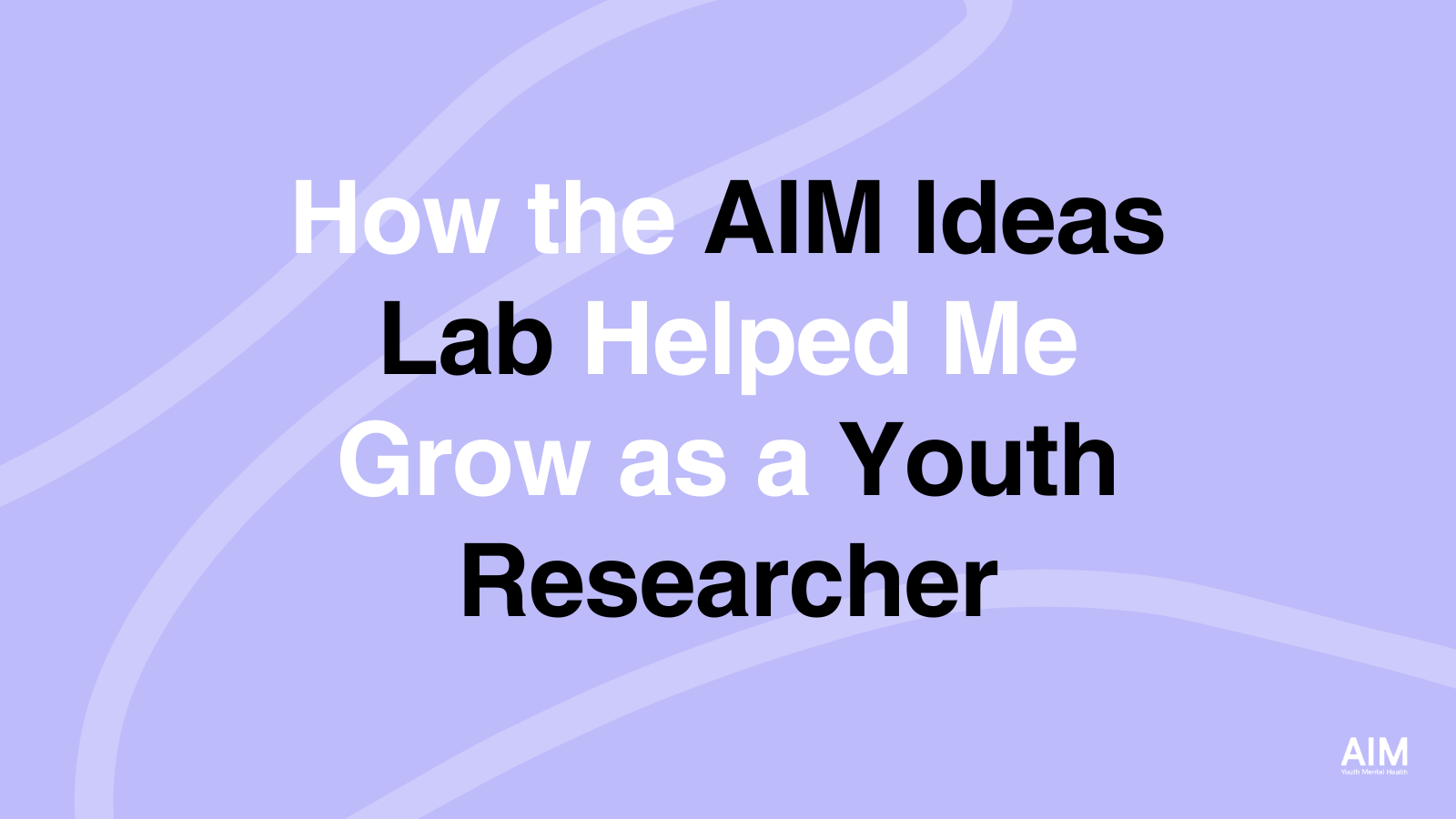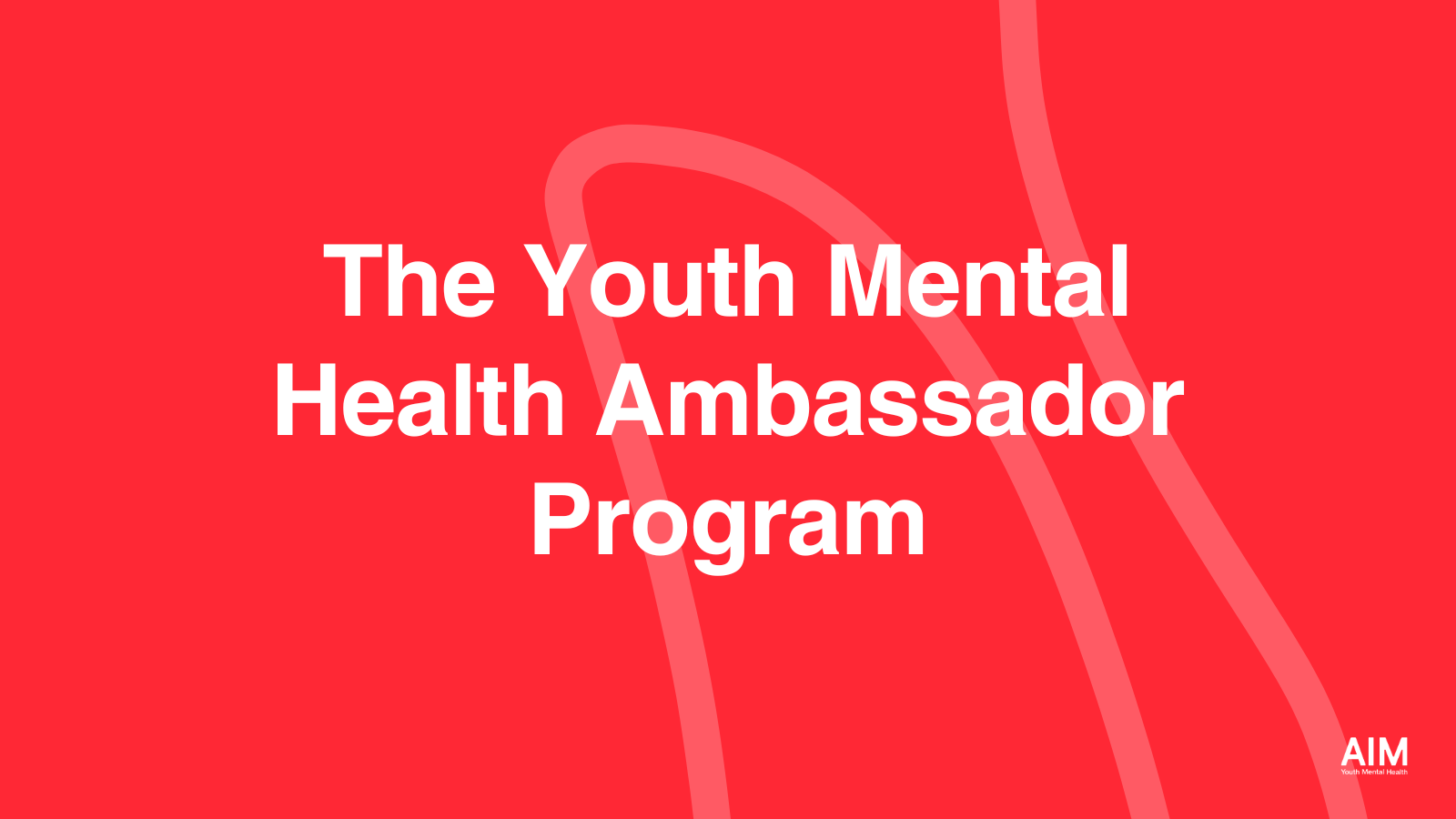Though discussions of mental health have gained ground in recent years, we still have a long way to go — especially when it comes to mental health for youth.
 Research shows that half of all mental disorders start to develop in individuals as young as fourteen years old. Unfortunately, these illnesses evolve as the individuals grow older, which is why major mental disorders make up 45% of global diseases among individuals between the ages of 0-25. Below is a closer look at the youth mental health crisis and why organizations like AIM Youth Mental Health are finding and funding solutions for the mental health challenges youth are facing.
Research shows that half of all mental disorders start to develop in individuals as young as fourteen years old. Unfortunately, these illnesses evolve as the individuals grow older, which is why major mental disorders make up 45% of global diseases among individuals between the ages of 0-25. Below is a closer look at the youth mental health crisis and why organizations like AIM Youth Mental Health are finding and funding solutions for the mental health challenges youth are facing.
The Alarming State of Young People’s Mental Health
 Mental disorders can affect one’s overall health and quality of life, and the effects of these can extend into the rest of the community, which makes it a public health concern. Alarmingly, the UNICEF’s State of the World’s Children 2021 report highlights that about 13% percent of youth aged 10-19 are living with a diagnosed mental disorder. While mental disorders can cause significant suffering, the report highlights that these conditions are becoming a leading cause of death, disease, and disability for individuals at an early stage of their lives.
Mental disorders can affect one’s overall health and quality of life, and the effects of these can extend into the rest of the community, which makes it a public health concern. Alarmingly, the UNICEF’s State of the World’s Children 2021 report highlights that about 13% percent of youth aged 10-19 are living with a diagnosed mental disorder. While mental disorders can cause significant suffering, the report highlights that these conditions are becoming a leading cause of death, disease, and disability for individuals at an early stage of their lives.
Among childhood mental disorders, anxiety is by far the most common. About seven percent of children suffer from anxiety, and one in three adolescents experience it during their teenage years. This can impact their ability to participate in school and create meaningful friendships with their peers, which in turn could have far reaching effects on socialization.
Despite the significant effects of mental disorders on children, AIM’s article on the research for anxiety in kids highlights that some science-based treatments for mental disorders simply don’t work, especially for younger children. The lack of research in youth mental health makes it difficult for experts and worried parents to stop the development of mental disorders before it’s too late.
Why is Youth Mental Health Research Important?
Although there’s still a way to go in terms of infrastructure and support, authorities are now being pushed to take a closer look at the root causes, health effects, and proper interventions for youth mental health.
Case in point: schools are now working to put measures in place to better support students’ mental wellness. Academic institutions are also being advised to make adjustments to curricula for the benefit of students. For instance, social and emotional learning, also known as SEL, is now being integrated in classes to help children comprehend and manage their emotions. Meanwhile, psychology programs have extensive research courses that allow students to collaborate with experienced faculty members on projects regarding mental health. Through the mentorship of more experienced faculty, graduates can develop a greater understanding of human behavior, as well as comprehensive knowledge on mental and behavioral healthcare.
Scholars and researchers can establish evidence-based interventions and systematic policies that can protect the mental wellness of the youth. To illustrate, a review on population-based approaches to mental health revealed that 25% of mood disorders among US adults were caused by childhood abuse. In response, the National Conference of State Legislatures is working on creating evidence-supported policies that can prevent adverse childhood experiences, like physical or sexual abuse.
The review also discovered that financial and housing insecurity can cause chronic stress and even suicide, which is why public housing subsidies are being established for low-income adults and their children. Similarly, investing in research studies on youth mental health can address the root causes of these conditions, and pave the way for more concrete, comprehensive solutions.
The causes for mental distress and illness in children are complex, multilayered, and varied. Although steps are being taken to develop programs for young people all over the world, greater investment in research and mental health infrastructure is necessary in order to help, and prevent more children from suffering.
Article contributed by Ruthie Jossen
Exclusively for AIM Youth Mental Health





